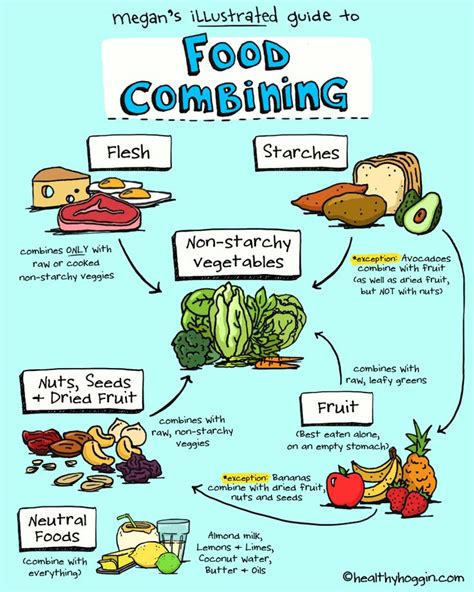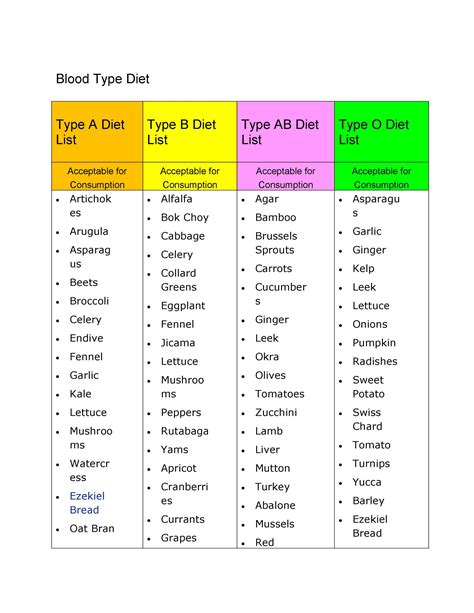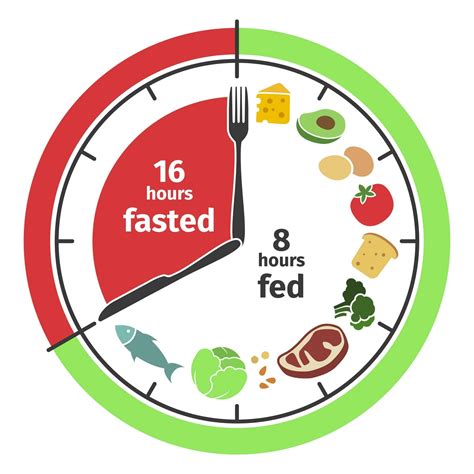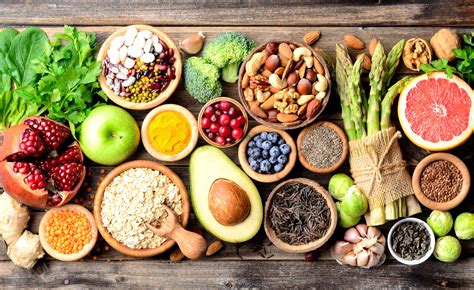Learn the principles, benefits, and common rules for following a food combining diet. Get tips for successful implementation.
Understanding Food Combining Diet
Contents
Food combining diet is based on the principle that different types of foods require different enzymes to be broken down and digested, and that combining certain types of foods together can lead to digestive issues and nutrient absorption problems. The main idea behind food combining is that by eating certain types of foods together, you can optimize digestion and support overall health.
The principles of food combining diet revolve around the idea that different macronutrients, such as proteins, carbohydrates, and fats, require different digestive environments in the body. For example, proteins require an acidic environment for digestion, while carbohydrates require an alkaline environment. By separating these macronutrients during mealtime, it is believed that the body can more effectively digest and absorb the nutrients from each type of food.
The benefits of food combining diet include improved digestion, reduced bloating and gas, increased energy levels, and better nutrient absorption. By following the principles of food combining, individuals may experience fewer digestive issues and feel more energized and nourished after meals.
Common food combining rules include avoiding combining protein-rich foods with starchy carbohydrates, such as meat and potatoes, and focusing on combining proteins with non-starchy vegetables and combining starchy carbohydrates with non-starchy vegetables. Additionally, fruits are typically recommended to be consumed alone or on an empty stomach to optimize digestion and nutrient absorption.
For those interested in following a food combining diet, it is important to be mindful of the types of foods that are being consumed together and to pay attention to how different food combinations may affect digestion and overall well-being. It’s also important to listen to the body and make adjustments to the diet based on individual needs and preferences.
Principles of Food Combining Diet
Food combining diet is based on the principle that different types of foods require different digestive enzymes to break them down. The diet suggests that consuming certain food groups together can lead to improper digestion and nutrient absorption, as well as digestive discomfort. The principles of food combining diet focus on eating foods in specific combinations to optimize digestion and improve overall health.
One of the main principles of food combining diet is to avoid consuming proteins and carbohydrates in the same meal. This is based on the idea that proteins require an acidic environment for digestion, while carbohydrates require an alkaline environment. Combining them can lead to inefficient digestion and the production of toxins in the body.
Another principle is to eat fruits on an empty stomach or as a snack between meals. Fruits are easily digested and tend to ferment when combined with other foods, leading to digestive issues. By consuming fruits separately, the body can efficiently absorb the nutrients and avoid discomfort.
Additionally, the food combining diet emphasizes the importance of consuming vegetables with proteins or starches, as vegetables are compatible with both types of foods. This principle aims to ensure that the body receives a balanced meal while supporting proper digestion.
Overall, the principles of food combining diet revolve around optimizing digestive health by consuming foods in specific combinations to avoid digestive issues and support nutrient absorption.
Benefits of Food Combining Diet
Food combining diet is a nutritional approach that involves consuming certain foods in specific combinations to aid digestion and improve overall health. One of the main benefits of this diet is that it can help promote better digestion. By eating foods in the right combinations, the digestive system is able to break down the food more efficiently, leading to reduced bloating, gas, and discomfort.
Another benefit of food combining diet is that it can lead to better nutrient absorption. When foods are properly combined, the body is able to absorb essential nutrients more effectively, leading to improved overall health and well-being.
In addition, following a food combining diet can help regulate blood sugar levels and promote weight loss. By consuming foods in specific combinations, the body is able to better manage glucose levels, which can lead to more stable energy levels throughout the day and reduced cravings for unhealthy snacks.
Furthermore, this type of diet can also help reduce the risk of food intolerances and allergies. By eating foods in compatible combinations, the body is less likely to react negatively to certain food groups, leading to fewer digestive issues and allergic reactions.
Overall, the benefits of a food combining diet include improved digestion, better nutrient absorption, weight management, and reduced risk of food intolerances. By following the principles of food combining, individuals can experience improved overall health and well-being.
Common Food Combining Rules
When following a food combining diet, there are a few rules that are commonly recommended to help optimize digestion and nutrient absorption. The first rule is to eat fruits alone on an empty stomach, preferably in the morning. This is because fruits digest quickly and can sometimes ferment if eaten with other foods. Another rule is to avoid combining starches and proteins in the same meal. This means not eating meat with potatoes or bread with cheese, to prevent conflicting digestive enzymes from interfering with each other.
Additionally, it is advised to consume vegetables with either starches or proteins, as they are considered neutral and can be easily digested with either category of food. Another common rule is to avoid consuming fats with proteins, as it is believed that fats can slow down the digestion of protein. Lastly, it is recommended to wait at least 3-4 hours between meals to allow for proper digestion and avoid mixing different types of foods too closely together.
Following these food combining rules is said to help optimize the efficiency of the digestive system, reduce bloating and gas, and improve overall health. However, it’s important to note that individual responses to different food combinations may vary, and it’s essential to listen to your body’s signals and adjust accordingly.
Tips for Following Food Combining Diet
When following a food combining diet, it’s important to understand the principles and rules in order to maximize the benefits. One of the key tips for following this diet is to eat fruits on an empty stomach or at least 30 minutes before a meal. This is because fruits are quick to digest and can ferment if eaten with other foods, leading to digestive issues.
Another tip is to avoid combining proteins and starches in the same meal. This means avoiding dishes like a steak and potato or a burger with a bun. Instead, focus on pairing proteins with non-starchy vegetables or grains with vegetables for easier digestion.
Chewing your food thoroughly is also crucial when following a food combining diet. This aids in the digestion process, allowing the body to more efficiently absorb nutrients from the food. It also helps to prevent overeating, as it gives the body time to recognize when it’s full.
It’s important to stay hydrated when following a food combining diet. Drinking plenty of water throughout the day helps to support the digestive process and prevent issues like constipation. Proper hydration also helps to regulate appetite and can prevent overeating.
Lastly, listen to your body when following a food combining diet. Pay attention to how your body responds to different food combinations and adjust your diet accordingly. Everyone’s body is different, so what works for one person may not work for another.












